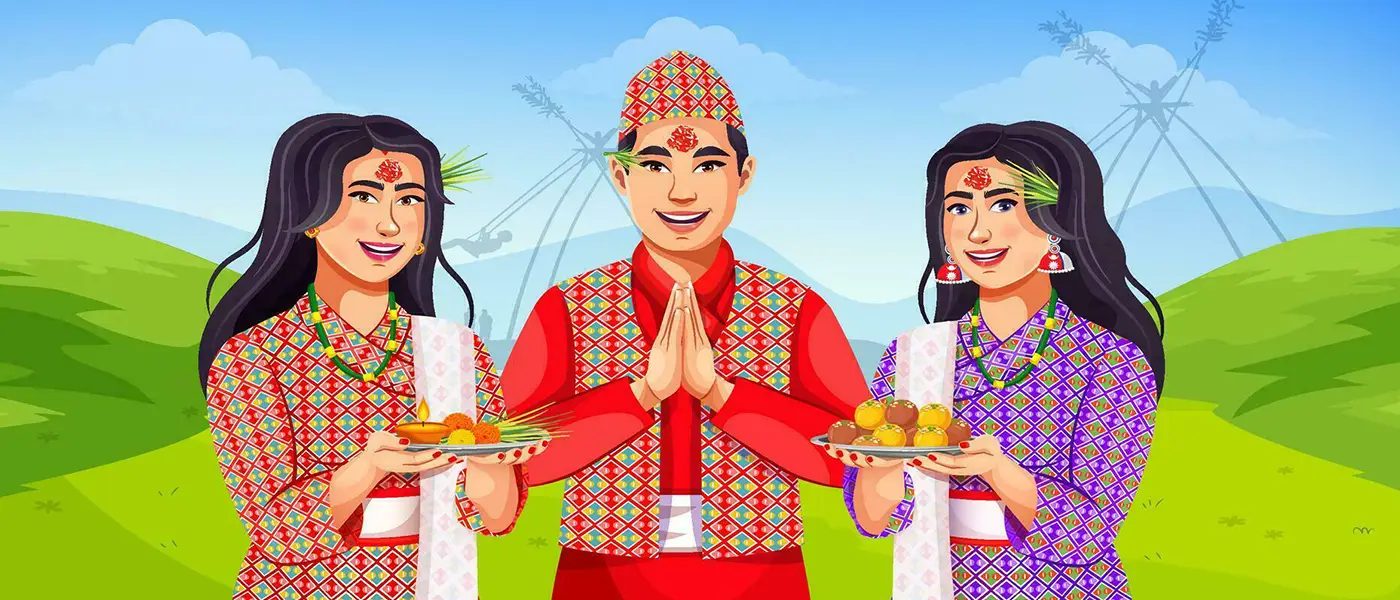Perched on the Southern slopes of the Himalayan Mountains, the Kingdom of Nepal is ethnically diverse. The Nepalese are descendants of three major migrations. These migrations have taken place from India, Tibet, and Central Asia. Among the earliest inhabitants were the Newar of the Kathmandu Valley and aboriginal Tharu in the southern Tarai region. The ancestors of the Brahman and Chetri caste groups came from India. While other ethnic groups trace their origins to Central Asia and Tibet, including the Gurung and Magar in the west. Rai and Limbu in the east, and Sherpa and Bhotia in the north.
In the Tarai, which is a part of the Ganges basin, much of the population is physically and culturally similar to the Indo-Aryan people of northern India. People of Indo-Aryan and Mongoloid stock live in the hill region. The mountainous highlands are sparsely low population. Kathmandu Valley, in the middle hill region, constitutes a small fraction of the nation’s area but is the most densely population, with almost 5% of the population.

Nepal’s 2001 census enumerated 103 distinct caste/ethnic groups including an “unidentified group”. The caste system of Nepal is rooted in the Hindu religion while the ethnic system is rooted in mutually exclusive origin myths, historical mutual seclusion and the occasional state intervention.
Nepal is blessed with one of the richest cultures in the world. The culture has been called ‘the way of life for an entire society’. This statement holds particularly true in the case of Nepal where every aspect of life, food, clothing and even occupations are culturally guided. The culture of Nepal includes the codes of manners, dress, language, rituals, norms of behavior and systems of belief.
Religion occupies an integral position in Nepalese life and society. In the early 1990s, Nepal is the only constitutionally declare Hindu state in the world. There is, however, a great deal of intermingling of Hindu and Buddhist beliefs. Many of the people regarded as Hindus in the 1981 census could, with as much justification, be called Buddhists.
Hindus can be seen worshiping at Buddhist temples and Buddhists can be seen worshiping at Hindu temples, the two dominant groups in Nepal have never engaged in any overt religious conflicts. Due to the dual faith practices and mutual respect, the differences between Hindus and Buddhists and other religion people have been in general very subtle in nature. You will also find Christians, Muslims and Jains in Nepal. All Religions co-exist peacefully and respectfully.